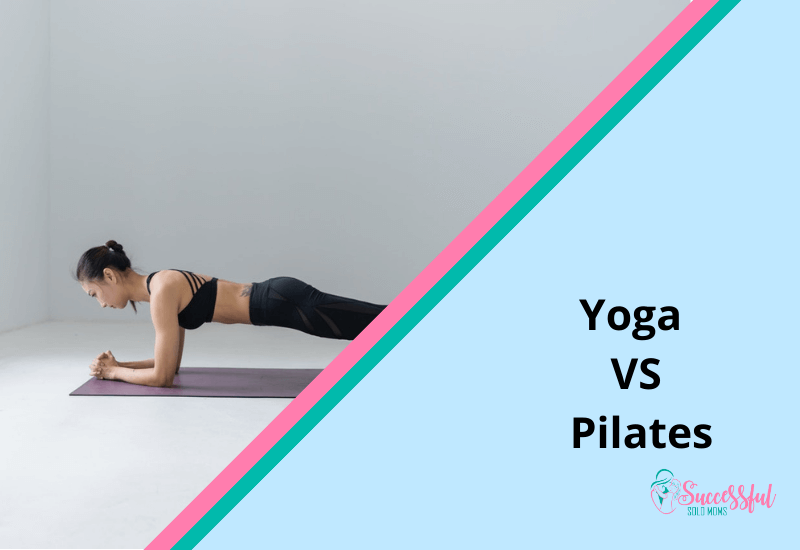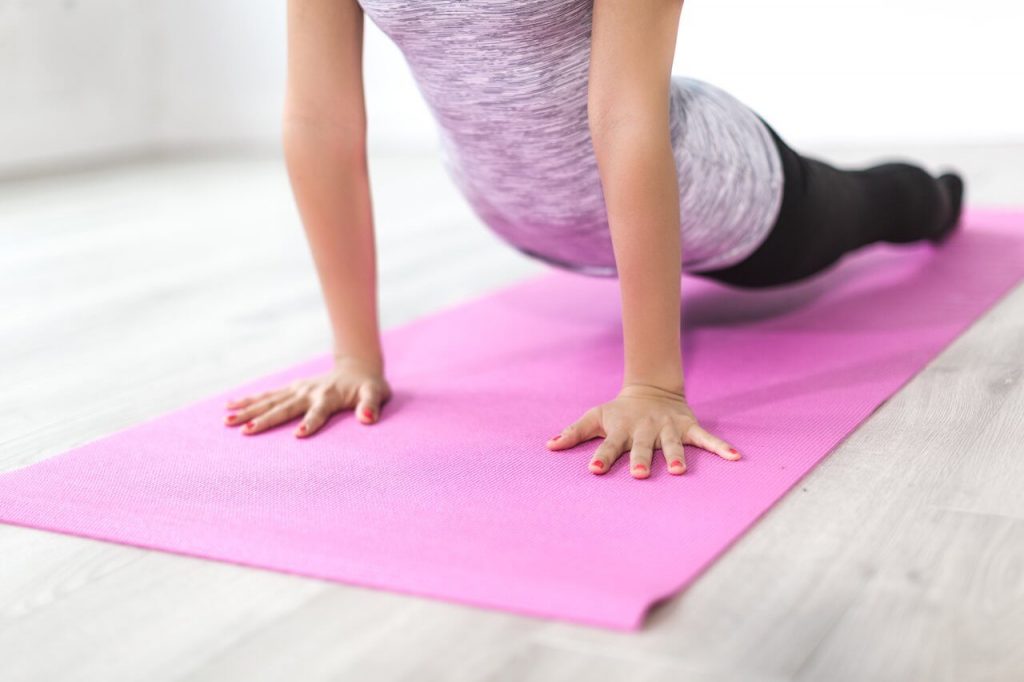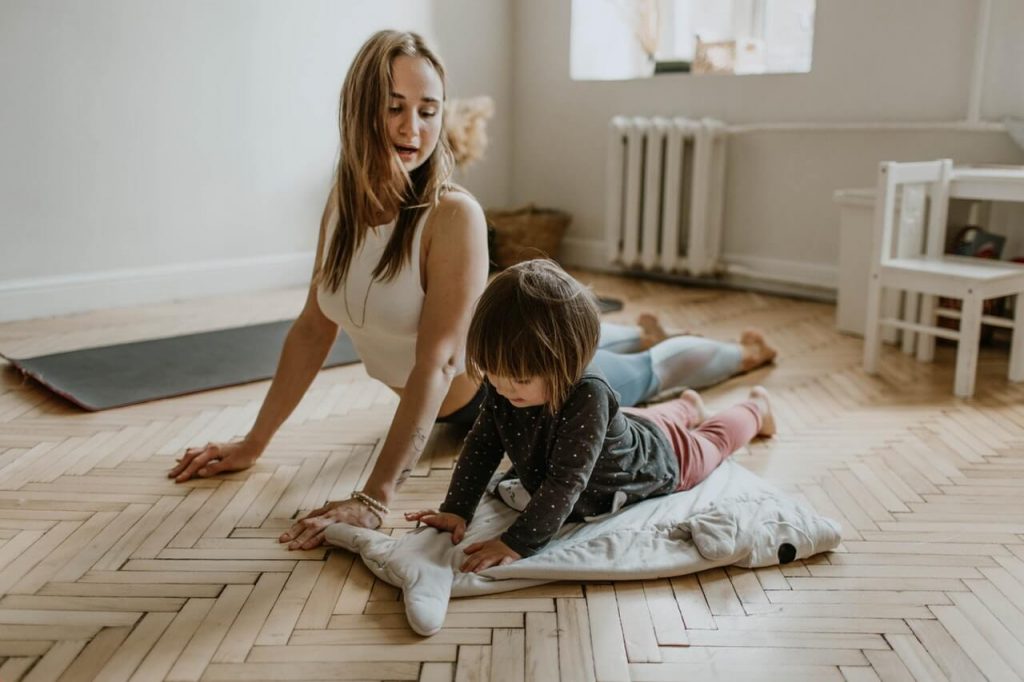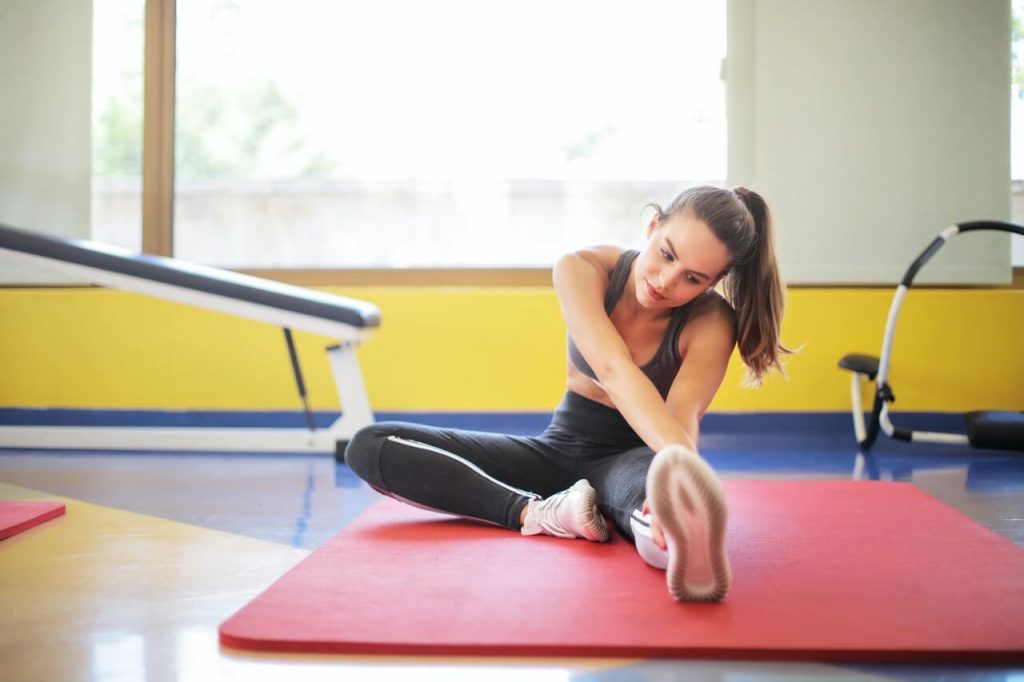
Yoga VS Pilates
Yoga and Pilates are two of the most common types of workouts at the moment. People are choosing either of them to improve their fitness, physical, and mental well-being.
Given the popularity of both, it’s understandable that you can be torn on which one to go for. It gets even more confusing when you hear conflicting accounts from participants of both.
In today’s article, I’ll discuss the basics of each of these so that you can get a clear idea of what they both involve. Hopefully, in the end, you’ll be able to decide which between yoga and Pilates is the right workout for you.
Pilates
Pilates is a type of exercise that was introduced in the early 20th century by Joseph Pilates. It’s best known for being low-impact and suitable for people of all fitness levels.
This type of exercise focuses on strengthening the core. However, through its various poses, your entire body will benefit from:
- Improved posture
- Enhanced flexibility
- Better balance
- Leaner and longer muscles
- Improved alignment
Pilates can be carried out with or without equipment. However, you’ll mostly only require a mat or a machine known as a reformer.
A reformer consists of a sliding platform that’s fitted with pulleys, springs, and a foot bar. There are no weights required; instead your body weight is what you’ll put to use while the pulleys offer resistance.
The reformer is a machine that was exclusively made for Pilates and can be found at a fully-equipped Pilates gym.
Whether you decide to perform Pilates on a mat or a machine, you’ll be able to work the following muscle groups:
- Hips
- Abdominals
- Thighs
- Lower Back
- Buttocks
With regular practice, you’ll improve stability around your torso and relieve the pressure on your back. Your core muscles will provide adequate support to your spine, and your bones will be properly aligned.
Pilates is a good workout to opt for when you want to achieve full-body fitness and see quick results. However, to reach such a point, you need to learn each move efficiently and execute it well.
The 6 Principles of Pilates
Like any other type of workout, Pilates has a set of principles that guide its practice. When you’re looking for an instructor, it’s important to get a fully certified one who’ll introduce you to these principles and teach you how to fulfill them.
The 6 Principles of the Pilates Method are:
- Breath
- Concentration
- Flow
- Precision
- Control
- Centering
These six principles were not outlined by Joseph Pilates but were identified over time by his students in order to simplify his theories.
Today, most Pilates instructors follow these basic principles. These are the principles that also guide participants when they need to modify some exercises – because Pilates is a highly modifiable workout.
This is what makes it suitable for not just improving physical fitness, but also rehabilitating people with injuries. Pilates movements can also help relieve pain.
One of the principles that you’ll notice at once when you begin your Pilates exercises is Breath. Joseph Pilates noted that it’s important to learn how to breathe correctly, and this is the first thing you’ll be taught at a Pilates class.
Breathing properly helps activate the deep core muscles of your body, improves your posture, and enables you to move more efficiently. Also, it’s a technique that has been commonly used to achieve mental calm and overcome stress symptoms.
Benefits of Practicing Pilates
Practicing Pilates can improve your fitness and physical health in a range of ways. This workout is popular for its ability to:
Improve Flexibility
A lot of Pilates movements focus on stretching and lengthening muscles. You’ll also learn how to support your joints in a range of motion.
Combined, these two lead to improved flexibility and ease of movement. While it cannot be termed as the best type of workout if your main aim is flexibility – yoga can be a better option for that – it can definitely help you improve.
Build Strength
Through Pilates workouts, you can build strong muscles while also strengthening your core. Your muscles will be more toned and tighter, and this will also help towards your flexibility.
This makes Pilates a go-to exercise if you’d like to decrease your chances of getting injured while carrying out physical activities.
Aids in Weight Loss
Pilates is one of the popular workouts being used by personal trainers to help their clients lose weight. Since it’s customizable, it can be combined with aerobic activity to increase calorie burning.
It also leads to the formation of long, lean muscles, which usually accelerate the rate of fat burning in the body. With regular Pilates exercise, you can find yourself looking leaner and in better shape.
Yoga
Yoga has been around for much longer than Pilates. It’s a group of spiritual, mental, and physical exercises that have been practiced for years, with origins in ancient India.
The fundamental purpose of yoga is to establish harmony between your mind, body, and surroundings. A lot of people practice yoga not just for the physical fitness benefits, but to also improve their mental well-being.
It’s a popular go-to workout for busy people who wish to relieve everyday stress and get better at controlling their emotions.
There are many types of yoga, depending on the purpose of the exercise. Therefore, it’s important to choose the one that’ll help you get the desired results.
All types of yoga are based on the 8 fundamental limbs that form the basis of yoga practice.
The Limbs of Yoga
The 8 limbs of Yoga are:
Yama
Yama is the first limb of yoga, and it focuses on rules and ethics that can help you live harmoniously with the society around you. Participants learn about the principles and values required for a successful life in society.
Niyama
There are five Niyamas, which make up the second limb of yoga. Practicing these can help you build your character and habits that encourage healthy living.
Asana
When most people think about yoga, the idea that they get is similar to Asana. This branch of yoga involves posture techniques that help you achieve physical and mental balance.
Pranayama
In the same manner as Asana, Pranayama also deals with achieving a mental and physical balance. However, for this limb, breathing techniques are used to reach this balance.
Pratyahara
Pratyahara utilizes techniques that allow you to detach your mind from your senses. This helps you achieve mental calm and balance, which is essential for emotional control.
Dharana
The 6th limb of yoga, Dharana, also deals with achieving mental balance and calm. For this, concentration techniques are used.
Dhyana
Yet another limb that focuses on mental calm and balance, Dhyana utilizes meditation techniques.
Samadhi
The last limb of yoga is Samadhi, which uses advanced meditation techniques that should be regularly practiced alongside other psychic procedures to attain whole consciousness.
There are many schools of yoga, and some of them offer all of these limbs. However, others only concentrate on a few of them.
Yoga requires strict practice and a lifelong devotion to achieve all the right stages. However, modern schools use simplified techniques that make it easy for even the busiest people to practice.
The key to achieving optimal benefits from yoga is keeping up a regular practice, but this doesn’t mean that you have to go at it daily. 3-4 times a week can be adequate when you’re starting out.
Benefits of Practicing Yoga
Yoga has a lot of both physical and mental health benefits to offer for regular participants. Some of the benefits are:
- It fosters mental calm and inner peace, which can help you recover from stress symptoms and get ahold of your emotions. People who are dealing with stress and anxiety disorders practice yoga to improve their mental wellness, with techniques such as breathing and meditation being essential for this.
- The poses used in yoga exercises improve flexibility and balance. Yoga is the workout that most athletes who are aiming for more flexibility opt for because it delivers the most profound results.
- Regular practice of yoga strengthens the muscles and makes you less vulnerable to injuries.
- Practicing yoga can lead to self-realization, which will help you build your character and make better decisions concerning your life.
- Because it improves both mental and physical wellness, Yoga can be used as a complementary treatment to foster healing from depression, anxiety disorders, cardiovascular conditions, and asthma. It can also aid with behavioral therapy to help people to quit smoking or using alcohol.
Practicing yoga regularly and correctly allows you to have more control over your body and mind. And, on a spiritual aspect, you’ll feel more content and feel that your life is more purpose-driven.
Yoga for Weight Loss
Just like Pilates, yoga workouts are also gaining popularity for their weight loss effects. Both the physical and mental aspects of yoga exercises work synergistically to help you burn calories while leading a lifestyle that encourages a healthier weight.
There are some forms of yoga that involve more movements than others, and this is the kind that is perfect for weight loss. These forms can also help you build muscle tone and enhance metabolism, which helps to burn fat and prevent weight gain.
If you’re wondering how you can use yoga to this benefit, I recommend trying some of the programs offered by certified yoga instructors that aim for weight loss. One that I’d especially recommend is Yoga Burn, which I’ve tried myself.
Yoga Burn is a 12-week program for women of all fitness levels and ages who want to burn fat and achieve their desired body shapes. It doesn’t matter whether you’re a total beginner; this program is designed so that no one is left behind.
Yoga Vs. Pilates: Which One Should You Go For?
Pilates and Yoga are both workouts that you can opt for when you want to improve your physical fitness and mental well-being.
They’re both low-impact to an extent and don’t necessarily require equipment, so they’re ideal for you if you’re a beginner. And, there’s no shortage of classes offered for both, so it can be easy to find an instructor to work with.
However, if your main goal is to achieve a deep connection between your mind and body, yoga might be the best choice for you. This is because with its breathing, meditation, and concentration techniques, it can help you achieve calmness and inner peace that are not the main focus with other workouts.
It’s easier to attain this level of mental concentration and control while carrying out physical poses during yoga. Yoga is also a great workout to consider if you’re looking to change your habits and lead a healthier life.
Thanks to its abundance in mindfulness practices, you’ll find it much easier to let go of harmful habits and form new ones that enrich your life spiritually, mentally, and even socially.
With regular yoga practice, your performance at work, school, or home will improve as you’ll find that you’re able to deal with any challenges more efficiently.
If you’re still not sure which between these two is best for you, you can always try both of them. Most programs last between 2-3 months each, and this is enough time to tell which works for you better.
Conclusion
It’s important to get it right when it comes to workouts because, more often than not, quality is always better than quantity. Therefore, you should take your time to decide which between yoga and Pilates can help you achieve your goals more efficiently.
Yoga is my go-to exercise to keep myself in great mental and physical shape because it fits perfectly into my busy schedule. And, with great programs like Yoga Burn, I never feel lost.
I hope that after this review of both types of workouts, you too can decide which between the two is ideal for you. Consider your goals, training requirements, and consult a personal trainer if you have to. Here’s an article that I wrote about PiYo, it could be the program you have been looking for.
But, if you’re up to it, you can always give both of them a go for a first-hand experience.







